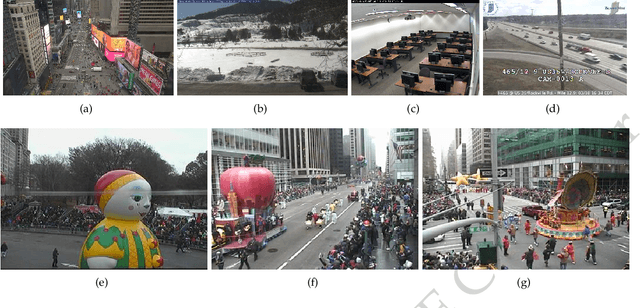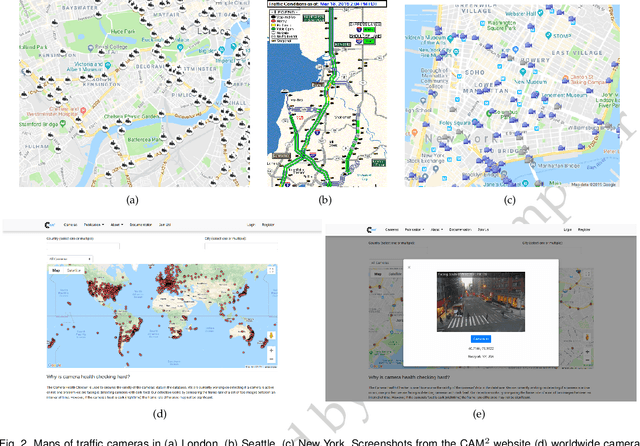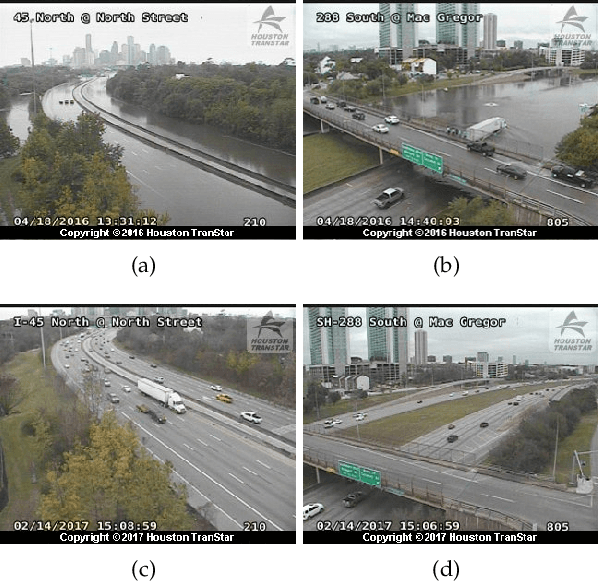Yutong Huang
DiagnosisArena: Benchmarking Diagnostic Reasoning for Large Language Models
May 20, 2025Abstract:The emergence of groundbreaking large language models capable of performing complex reasoning tasks holds significant promise for addressing various scientific challenges, including those arising in complex clinical scenarios. To enable their safe and effective deployment in real-world healthcare settings, it is urgently necessary to benchmark the diagnostic capabilities of current models systematically. Given the limitations of existing medical benchmarks in evaluating advanced diagnostic reasoning, we present DiagnosisArena, a comprehensive and challenging benchmark designed to rigorously assess professional-level diagnostic competence. DiagnosisArena consists of 1,113 pairs of segmented patient cases and corresponding diagnoses, spanning 28 medical specialties, deriving from clinical case reports published in 10 top-tier medical journals. The benchmark is developed through a meticulous construction pipeline, involving multiple rounds of screening and review by both AI systems and human experts, with thorough checks conducted to prevent data leakage. Our study reveals that even the most advanced reasoning models, o3-mini, o1, and DeepSeek-R1, achieve only 45.82%, 31.09%, and 17.79% accuracy, respectively. This finding highlights a significant generalization bottleneck in current large language models when faced with clinical diagnostic reasoning challenges. Through DiagnosisArena, we aim to drive further advancements in AIs diagnostic reasoning capabilities, enabling more effective solutions for real-world clinical diagnostic challenges. We provide the benchmark and evaluation tools for further research and development https://github.com/SPIRAL-MED/DiagnosisArena.
Scaling Up Natural Language Understanding for Multi-Robots Through the Lens of Hierarchy
Aug 15, 2024



Abstract:Long-horizon planning is hindered by challenges such as uncertainty accumulation, computational complexity, delayed rewards and incomplete information. This work proposes an approach to exploit the task hierarchy from human instructions to facilitate multi-robot planning. Using Large Language Models (LLMs), we propose a two-step approach to translate multi-sentence instructions into a structured language, Hierarchical Linear Temporal Logic (LTL), which serves as a formal representation for planning. Initially, LLMs transform the instructions into a hierarchical representation defined as Hierarchical Task Tree, capturing the logical and temporal relations among tasks. Following this, a domain-specific fine-tuning of LLM translates sub-tasks of each task into flat LTL formulas, aggregating them to form hierarchical LTL specifications. These specifications are then leveraged for planning using off-the-shelf planners. Our framework not only bridges the gap between instructions and algorithmic planning but also showcases the potential of LLMs in harnessing hierarchical reasoning to automate multi-robot task planning. Through evaluations in both simulation and real-world experiments involving human participants, we demonstrate that our method can handle more complex instructions compared to existing methods. The results indicate that our approach achieves higher success rates and lower costs in multi-robot task allocation and plan generation. Demos videos are available at https://youtu.be/7WOrDKxIMIs .
See the World through Network Cameras
Apr 14, 2019



Abstract:Millions of network cameras have been deployed worldwide. Real-time data from many network cameras can offer instant views of multiple locations with applications in public safety, transportation management, urban planning, agriculture, forestry, social sciences, atmospheric information, and more. This paper describes the real-time data available from worldwide network cameras and potential applications. Second, this paper outlines the CAM2 System available to users at https://www.cam2project.net/. This information includes strategies to discover network cameras and create the camera database, user interface, and computing platforms. Third, this paper describes many opportunities provided by data from network cameras and challenges to be addressed.
 Add to Chrome
Add to Chrome Add to Firefox
Add to Firefox Add to Edge
Add to Edge